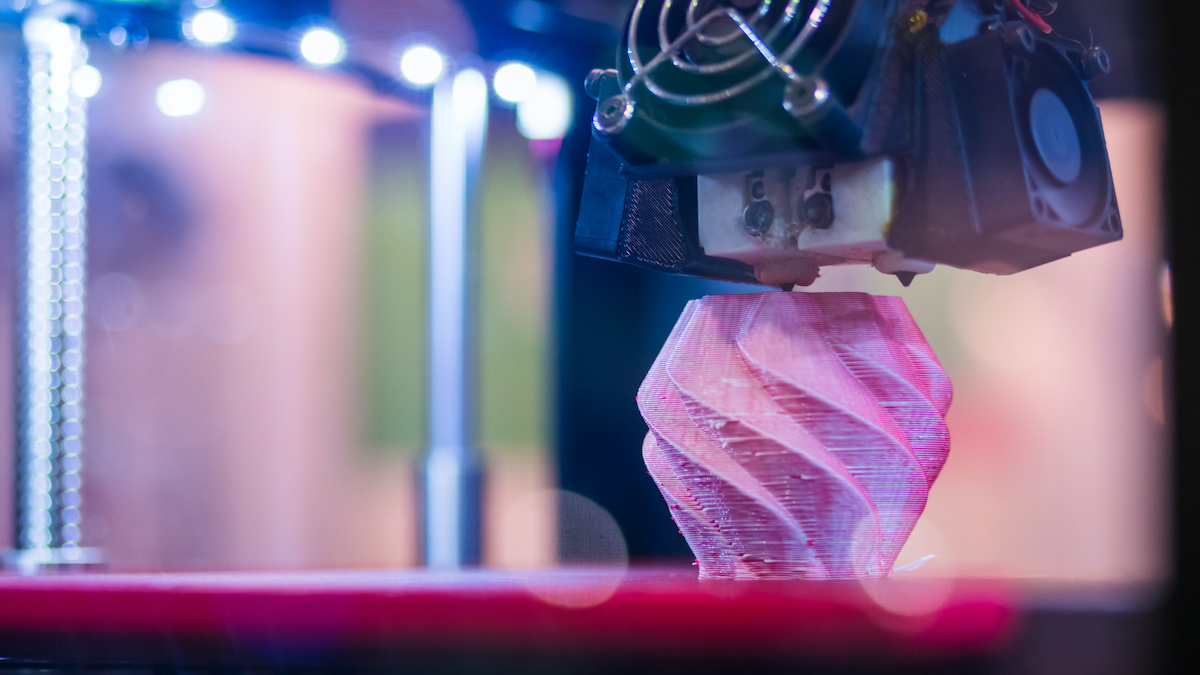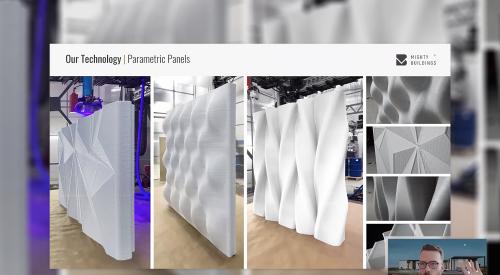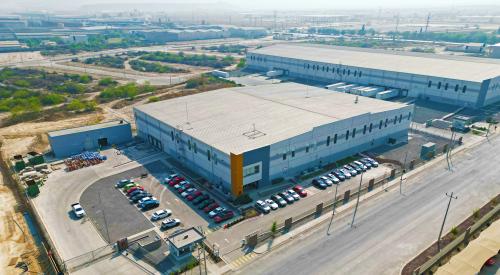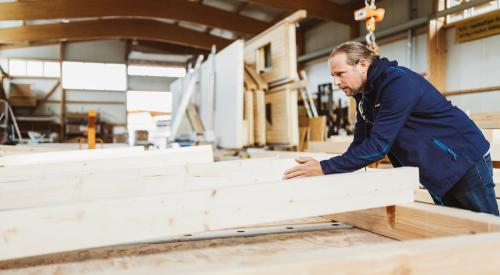New communities developed through 3D printing have been making headlines, from a 15 net-zero home community in Rancho Mirage, Calif. to the first 3D-printed homes for sale—but are these revolutionary? Curbed says not necessarily. Two big 3D printing technology companies, ICON and Mighty Buildings, promise to cut down on construction time, minimize waste, resulting in a more eco-friendly, less expensive construction method. But Curbed points out these 3D-printed sculptures themselves are not eco-friendly. Mighty Building’s panels are made of polyurethane, which then require steel framing and a foundation. These methods can cut down significantly on time, but there are other ways to add housing at scale sustainably.
“It’s good people are getting interested in this, but it’s not breaking new ground,” says Mark Hogan, principal at the California firm OpenScope, which specializes in ADU and urban-infill developments. What could really transform the entire construction industry, Hogan says, is doing away with panelized plastic altogether and embracing mass timber. This wide range of engineered wood materials like cross-laminated timber, or CLT, use adhesives and laminates to make the world’s most renewable building material so strong that it doesn’t require any steel framing. If U.S. cities started mandating that every ten- or 12-story structure was built out of mass timber, those factories could start mass-producing components for a wide range of building typologies, says Hogan. “What we need is to make sure the building code advances to the point where it will be cost-competitive and give CLT the advantage.”












